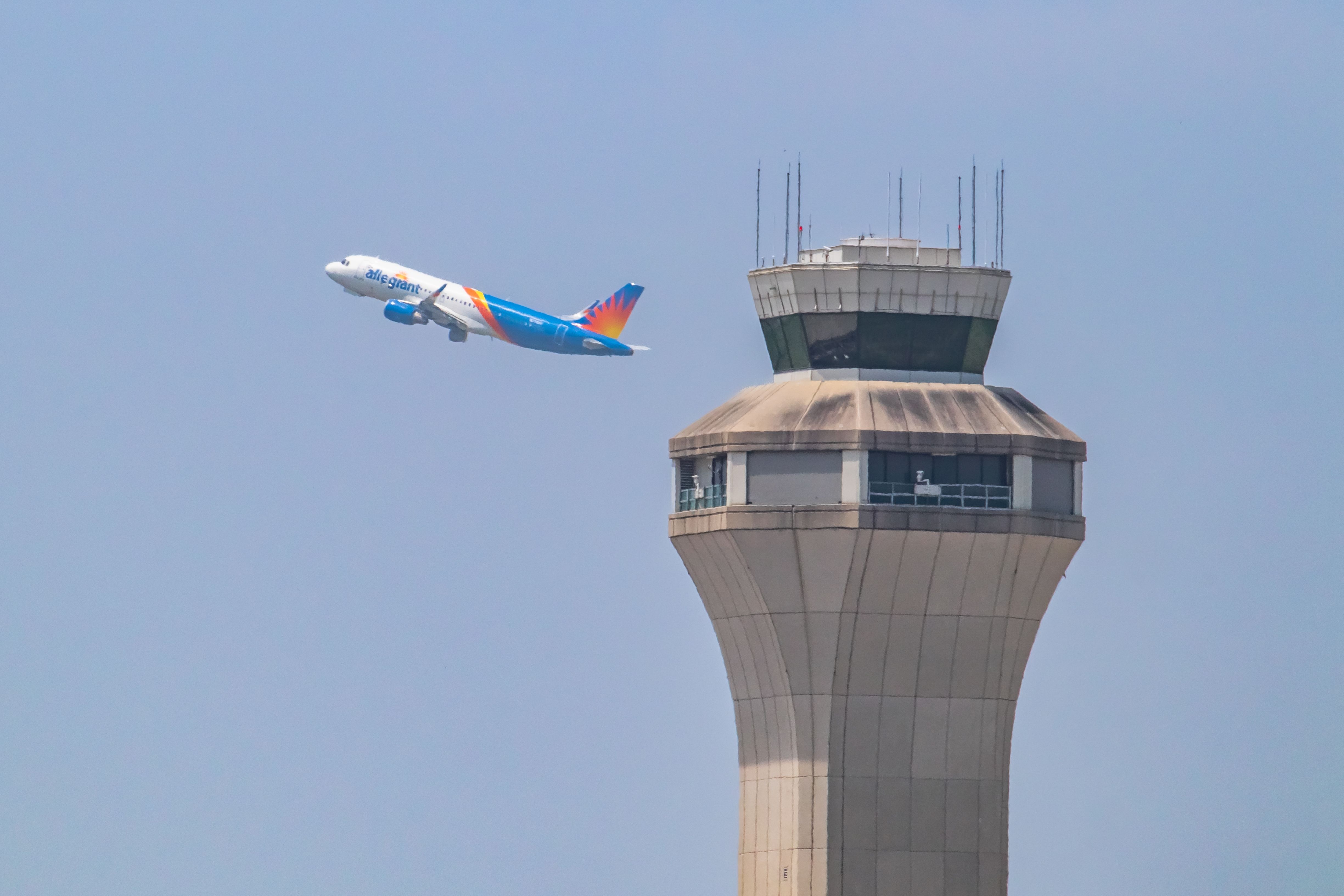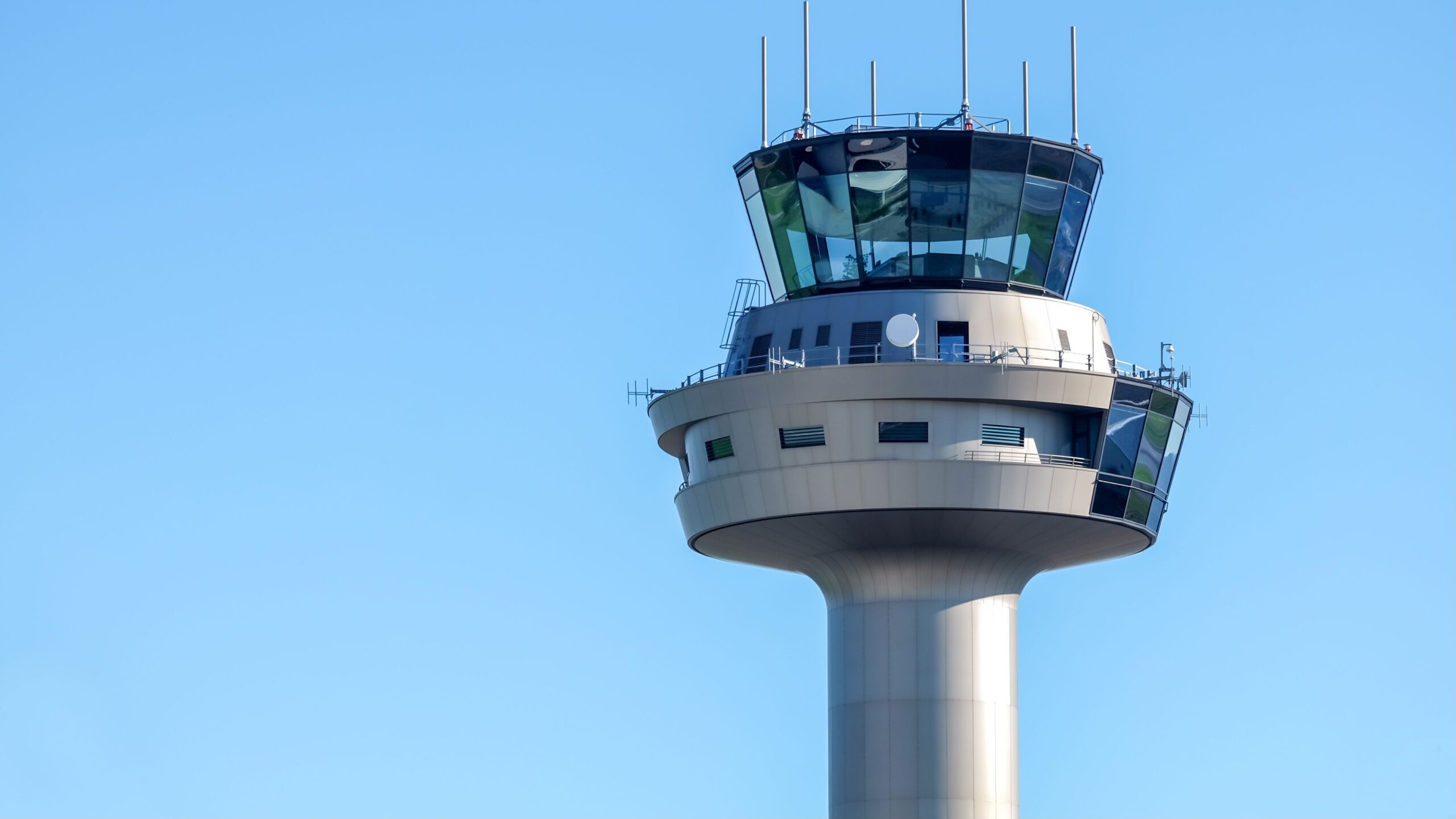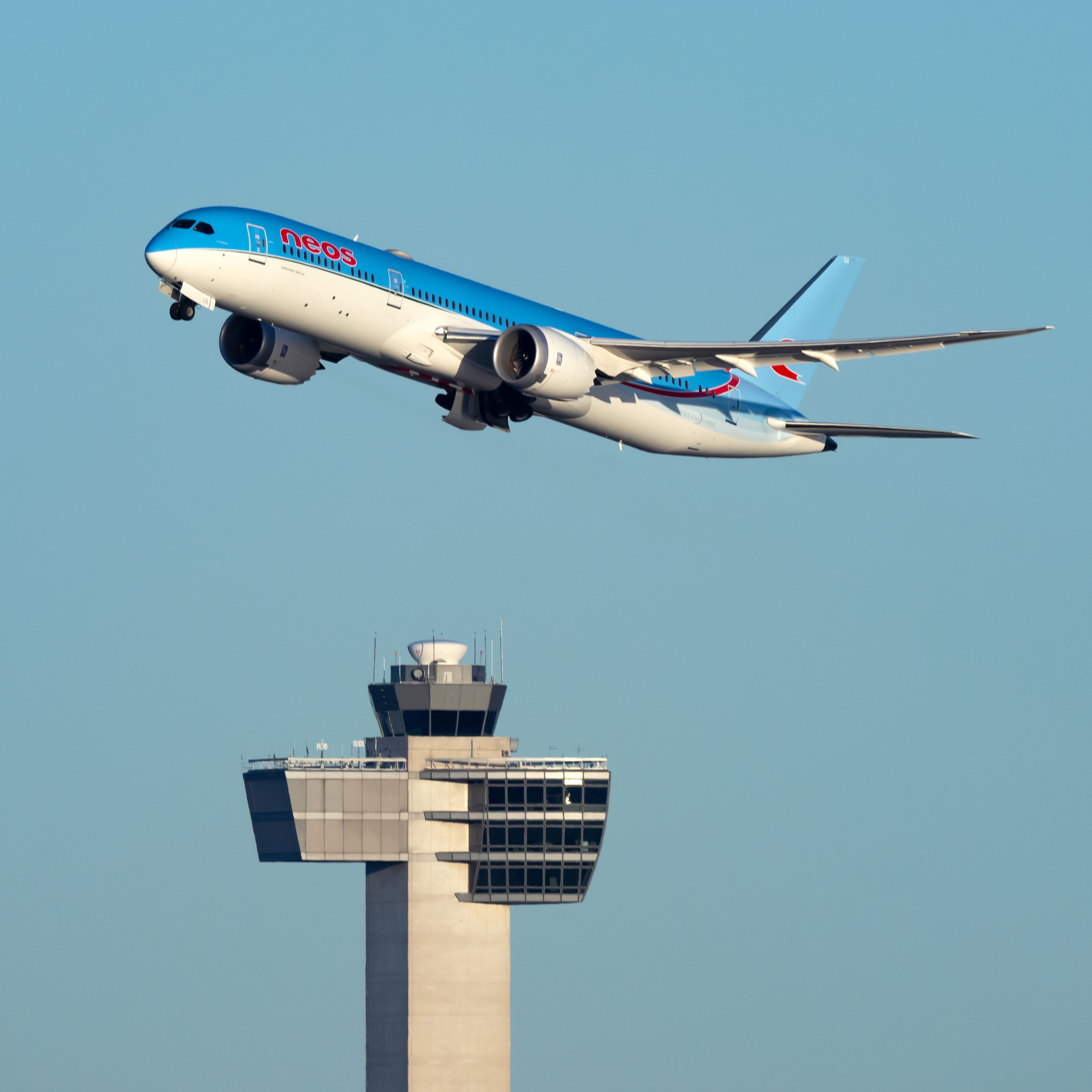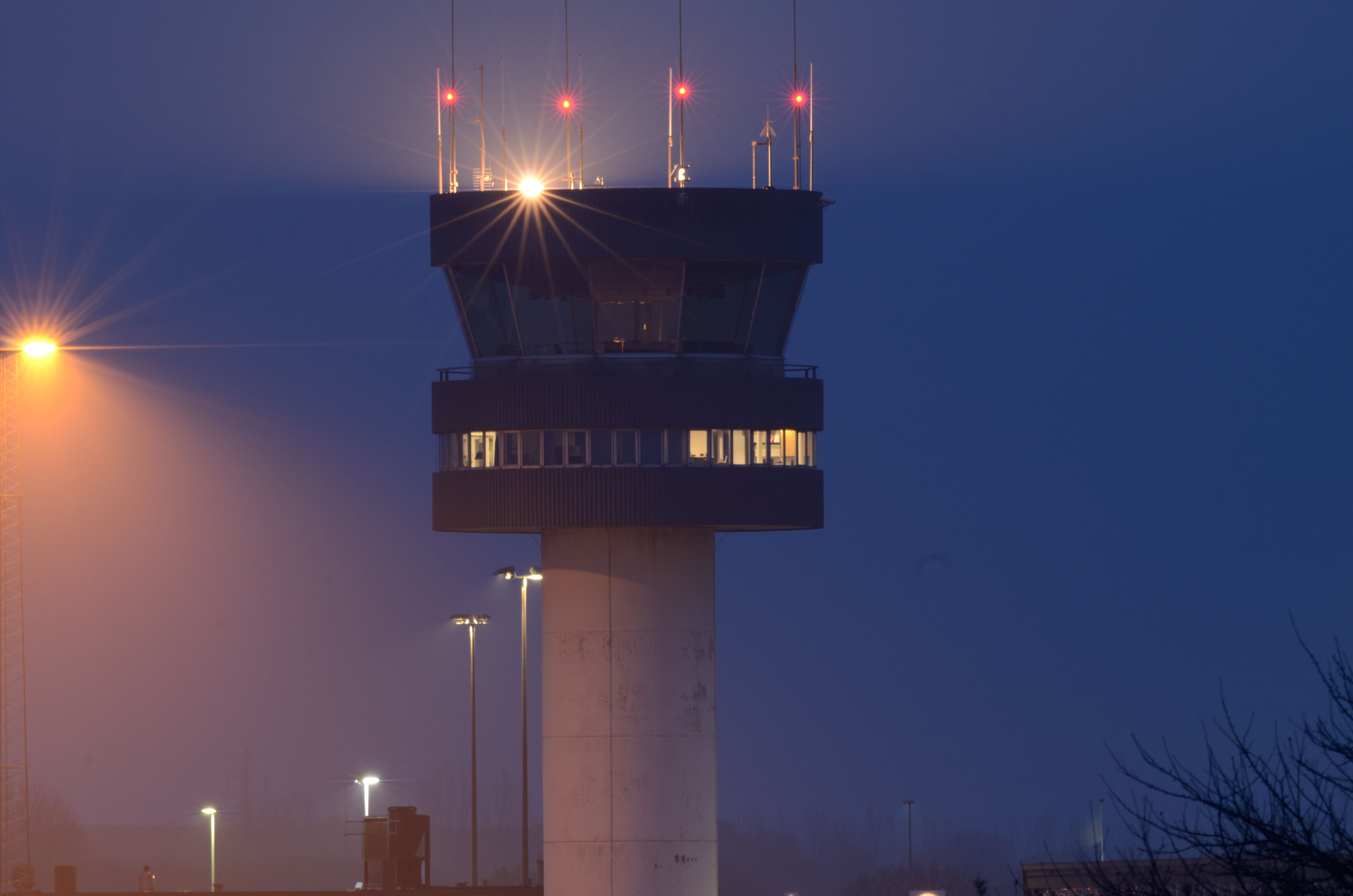Summary
- JetBlue warns of potential delays due to Newark airspace switch from NY to Philadelphia ATC.
- FAA expects more efficiency in the long run but foresees short-term operational challenges.
- National Air Traffic Controllers Association protests the switch, citing concerns over staffing shortages.
Today, July 28th, 2024, the airspace around Newark switched from the New York Terminal Radar Approach Control (TRACON) to the Philadelphia Air Traffic Control Tower. The switch occurred between the overnight shift from Saturday to today.
JetBlue issues warning
The switch will cause disruptions to flight operations in the area and make operations a bit tougher in the short term. However, the Federal Aviation Administration (FAA) believes the change will lead to long-term efficiency.
Photo: Vincenzo Pace | Simple Flying
Airlines with a presence in the area, such as JetBlue, have warned of delays. In a statement, the airline said:
“Air Traffic Control (ATC) at Newark, NJ (EWR), will be undergoing Federal Aviation Administration (FAA) implemented changes to address staffing shortages and improve overall operations. These changes have the potential to impact operation at the airport, leading to delays with multiple airlines, including JetBlue. In preparation, we are advising customers to check and be aware of flight status prior to heading to the airport.”
The Newark area has been suffering delays due to staff shortages recently, and the switch aims to solve this issue.
Switching over
The airspace sector is centered around Newark Liberty International Airport (EWR) but includes Teterboro Airport (TEB), Morristown Airport (MMU), Caldwell Airport (CDW), and Linden Airport (LDJ). With the sector switch comes a new area designation, from New York Approach to Newark Approach.
The FAA expects the switch to be seamless for operators and will help alleviate the staffing shortages at the New York TRACON in Westbury, New York. In a statement obtained by Jason Rabinowitz, the FAA said:
“The FAA will transfer management of the airspace around Newark from New York Terminal Radar Approach Control (TRACON), or N90, to the Philadelphia Air Traffic Control Tower, referred to as TRACON (PHL), on July 28th, 2024. This change addresses the growing traffic demand in the busy Northeast Corridor. Over time, this airspace transfer will enhance efficiency for the million of passengers traveling through the New York/New Jersey Metropolitan Area, enable FAA to train and hire more air traffic controllers more quickly, and accelerate the implementation of modernization programs.”
The main reason for the switch is the staffing shortages that have plagued the New York TRACON for years. Despite numerous attempts from the FAA, the staffing levels have been an outlier, remaining significantly below the national average for years.
Currently, the ATC facility only operates at 61% of its target staffing level. In addition, N90 has a very low training success rate of 33%, the lowest of any facility in the country. PHL TRACON has a much higher rate of trainee success and a long line of experienced controllers willing to transfer to PHL, which N90 doesn’t.
Photo: kukluk | Shutterstock
According to Aviation International News, the NBAA air traffic service desk has warned operators intending to fly to TEB from the south to carry extra fuel in case of extended vectoring, times, and delays. In addition, it stated that the switch could result in ground-delay programs for EWR, TEB, and MMU, as well as airspace flow programs being implemented, which control TEB, MMU, and CDW as one.
Protesting the changes
The change is being protested by the National Air Traffic Controllers Association (NATCA), which said in a statement:
“There are currently 33 certified professional controllers overseeing the airspace in question. After the airspace transfers, only 24 certified professional controllers will be responsible for the same airspace.”
The statement concerns the switch requiring 12 air traffic controllers to relocate to PHL from N90 for up to two years to help with the transition. The NATCA argues that the move will only worsen the staff shortage at the N90 facility.

Related
FAA Addresses Air Traffic Controller Fatigue With Updated Protocols
Controllers will be scheduled shifts between 10 and 12 hours apart when the agreement goes into effect.



